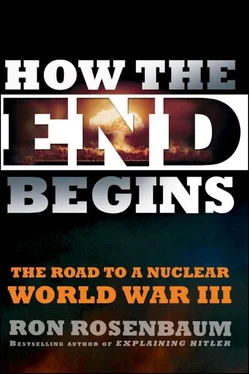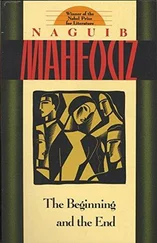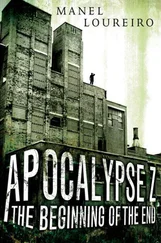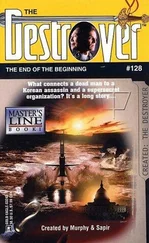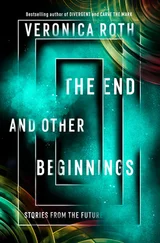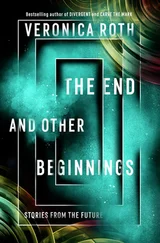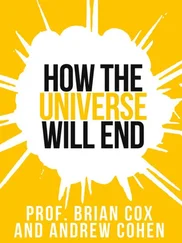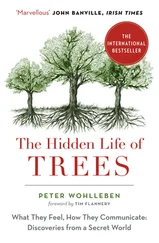But the missile crewmen told me they had come up with a way around this, which they called the “spoon-and-string” trick. Here is how it works: First shoot or immobilize the other crewman. Then tie a long string to the handle of a spoon. Insert your launch key in your slot and the other launch key into the other guy’s slot, and tie the other end of the string to the other launch key’s top. Go back to your launch console and then twist your key at the same time that you yank the spoon and string forcefully enough to twist the other key in sync with yours. [110]
When I first heard about it, it seemed like a fairly serious flaw in the fail-safe system that would allow a lone genocidally homicidal maniac to launch missiles. I assumed that was what prompted them to warn me about the makeshift spoon-and-string maneuver. But in fact what motivated the crewmen to come up with the trick was not the risk that a madman would launch an attack alone, but that, as one of them said to me, “one of the guys turns peacenik and refuses to twist his key.” One of the guys turns peacenik!
I later learned from Bruce Blair, who had been a congressional investigator on missile command and control issues, that nuclear engineers have reconfigured the launch control consoles so that it is no longer possible for the spoon-and-string trick to work. [111]
The point of the story is professionalism. I had assumed the crewmen had told me about the spoon-and-string maneuver because they knew I was a reporter and would alert the outside world that the fail-safe system had a flaw. But they were telling me the story because it demonstrated how determined they were to find a way to make an authorized launch work even if one of the crewmen “turned peacenik.” They were being professionals. To me, however, there was a larger, metaphorical point to the story too: that the entire sophisticated fail-safe system, designed to assure the smooth operation of the finely crafted delicate balance of terror, was really founded on the kind of tricky legerdemain that evoked a shakily improvised spoon-and-string trick.
GENERAL ALSTON’S MORAL CALCULUS
And so thirty years later in Omaha, I found myself staring across the bagel- and muffin-heaped buffet table at an imposing figure whose ID badge identified him as Major General C. Donald Alston, a large, somewhat florid-faced man in full-dress Air Force uniform. I checked my program and discovered he was a high-level official in the Pentagon’s “Strategic Deterrence and Nuclear Integration” division. [112]A liaison between Pentagon war planners who select the targets and the Omaha executioners of our nuclear war plans. A perfect person to ask the Forbidden Question about retaliatory genocide.
I began the conversation by asking Alston about the Minot mistake in August 2007. Trying to begin on an anodyne note, I asked him about the discrepancy in reports of whether there were five or six nuclear cruise missiles involved. Six, he affirmed.
General Alston had been involved in the investigation and he made heads roll. The chief of staff of the Air Force was fired along with dozens on the chain of command below him. [113]Disturbing flaws were found in the maintenance of our “backup and stored” nuclear warheads. Military chat rooms spoke of the way the Minot mistake resulted from the fact that nukes were no longer a great career path for an aspiring Air Force officer. Alston was promoted to the Pentagon’s nuclear planning team right after shaking things up.
“Say deterrence fails,” I finally asked the major general. “If we get attacked, a surprise attack. What in your view is the morality of retaliation at that point?”
“Well it’s awfully hard for you to—I mean this is the first time I’ve heard the scenario laid out like that.” [114]
This was kind of shocking in itself. How could you not ask yourself that question? Or how could it not have come up in the course of a career like his?
He went into a somewhat puzzling digression on the buildup to a nuclear crisis. That we probably wouldn’t be a victim of genuinely surprising surprise attack. A red herring. So what if it’s not a total surprise?
“I do find it hard to accept that we would be so incompetent on the intelligence side, reading the geopolitical elements. I think that this would be a moment that would build up in a crisis and that through that crisis we would be going for some way to achieve geopolitical stability as you’re escalating and escalating.
“I mean,” he continued, “if we were attacked by a nuclear weapon is it launched from—I mean do we have the forensics”?
Ah yes, “the forensics.” Nuclear forensics is a very sophisticated science that claims to be able to identify the “isotope signature” or “fingerprints” of trace metals and fissile material and thus follow the bomb back to the precise source of the bomb making. It is about finding the radioactive fingerprints of the weapon maker in the rubble of the blast.
The problem, in this new multipolar, chaos-prone, terrorist-haunted nuclear age, is that nuclear forensics is a kind of deceptive science. It can trace the origin of the bomb, but not whose hands it went through, who sold or stole it between its manufacture and its detonation. So whom do you retaliate against? Some say hold the source, the state of origin responsible, regardless of the end user, which will motivate the source to keep a tight rein on nuclear material. Others are not sure it’s a reliable way of protecting against such an eventuality, that nuclear forensics are overrated.
General Alston changes the subject from nuclear forensics to nuclear public relations.
He wants to make sure any attack on us is well publicized. “I mean how exposed was the use of nuclear weapons,” he asked, rhetorically, “so that the world could see where this came from, so that now the world could see what it did and so that now the world is awaiting our response to it.”
“Well let’s assume all that is true, our choice still is to retaliate and maybe kill 20 million civilians or not. What’s your opinion?”
“Well I guess in the position I’m in I’d say… I would say response in kind.” Interesting that he doesn’t suggest that it’s necessarily what he believes is right himself. It’s “the position I’m in.” Something he seems to confirm when he speaks of the “pressure” to respond “in kind” as if it were not something he welcomed.
“I think there would be pressure for response in kind. I think the nation would have an expectation that had to be an option the president would seriously consider.”
Without prompting he brings up the difficulty of deciding what “in kind” would mean.
“What would be—how would you do the calculus on what response in kind would be? So I think that [response in kind] would be one course of action but that he [the president] wouldn’t be brought a singular course of action.” In other words, he’d have options other than retaliation.
If I’m reading this right and I relistened to the tape, he’s showing a reluctance to retaliate. He’s positing that the difficulty of calculating what “in kind” means serves to discredit it as an option. Did I find a peacenik general?
It comes down to a moral calculus. Should it be purely numerical? Should it be based on the number of warheads times megatons per warhead that we’re hit with? Or on the number of casualties? Or on the intention of the targeting: to attack military capabilities or population centers.
What does “in kind” really mean? Should it be qualitative and ethical as well as quantitatively appropriate: should the immorality of the initial attack require no mere tit for tat, or twice the tat, to punish the initiator—the way a jury awards actual and punitive damages? Here, punitive damages for initiating evil. A punishment that would deter further acts of evil. But would the punishment fit the crime or would the punishment itself be a crime? And would it all be too late?
Читать дальше
